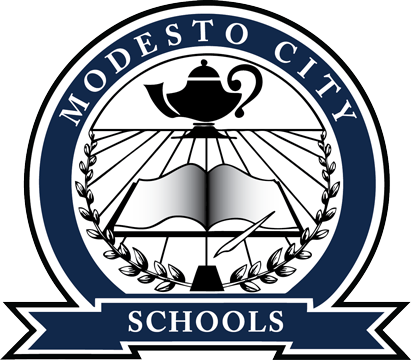Updated July 18, 2025
Q: What is 5th grade health curriculum? Is my child going to be taught sex education? I thought that subject is taught in 8th grade.
A: The 5th grade health curriculum, which was adopted by the MCS Board of Education on June 23, 2025, will focus on the following subjects:
Hygiene
Nutrition
Growth & Development (Puberty)
Internet Safety (Human Trafficking)
Social Influences (Self-esteem, Body Image)
Healthy Communication
Relationships
Importantly, the curriculum teaches students to identify sexual abuse and harassment. It includes information that helps children recognize and report inappropriate touching/contact, including child abuse.
However, there is other information in the 8th grade curriculum that is not age appropriate at the 5th grade level.
Topics required by the California Healthy Youth Act (CHYA) will also be addressed. (See information below this FAQ.)
Q: When will this teaching begin?
A: Teacher training will occur during the Fall of 2025, with delivery of instruction to students expected in the Spring of 2026.
Q: Why is Modesto City Schools introducing this teaching?
A: This curriculum is widely taught to 5th grade students throughout California and is considered valuable in helping young people understand and navigate the physical changes that come with puberty, and to learn in an age-appropriate, supportive, educational setting. This curriculum also empowers students to be safe – if they are informed, they can recognize and report any incident of inappropriate physical/sexual contact by someone else.
Q: How did the district select this curriculum?
A: This curriculum was recommended for adoption by a committee made up of parents, teachers, and members of our Board of Education. The committee reviewed four curriculum options and narrowed their choices to two:
Puberty Talk for Grades 5 & 6
Puberty: The Wonder Years, Grade 5
The committee recommended Puberty Talk for Grades 5 & 6. After careful consideration, this curriculum was adopted by the Board of Education.
Q: Can parents see this curriculum?
A: Yes, while extended viewing hours have ended, the curriculum remains available for review. Families are welcome to drop by the department of Curriculum & Instruction, Professional Development (CIPD), Building B, at 1017 Reno Avenue and request to review the curriculum. Hours are Monday through Friday, 8 a.m. to 5 p.m.
Q: Can’t I just get a copy of the curriculum emailed to me?
A: Distribution rights belong to the publisher, not to Modesto City Schools.
Q: When did the Board take this up?
A: The Board met on June 9 to hear more about the recommended curriculum and hear from the community. The Board voted on the curriculum at its following meeting, on June 23.
Members of the community are welcome to attend all meetings of the MCS Board of Education, and there is time allotted for public comment. Also, if you wish to view the livestream or meeting recording, you may do so at this link.
Q: What if I don't like the curriculum?
A: In accordance with the California Healthy Youth Act (CHYA), parents have the right to opt their children out of this instruction. Your child will bring home an opt-out form at least fourteen days before the start of the lessons, and the school will also provide that form to you via Parent Square. Please note that this is an opt-out process, not an opt-in, so no action is required on your part unless you choose to withdraw your child from the curriculum.
Additional Information
Summary of the California Healthy Youth Act Requirements
The California Healthy Youth Act (CHYA), California Education Code § 51930-51939) requires schools to teach the following when offering health education:
Age-Appropriate Content: Instruction and materials must be suitable for the cognitive and developmental levels of students.
Medically Accurate and Objective: All information must be fact-based, scientifically accurate, and free from bias.
Inclusive of Diverse Identities: Content must be appropriate for students of all races, genders, sexual orientations, ethnicities, and cultural backgrounds.
Accessible for English Learners: Materials and instruction must be equally available to English language learners.
Accessible for Students with Disabilities: Content must be adapted to meet the needs of students with disabilities, including modified curricula or alternative formats.
Encourage Communication with Trusted Adults: Lessons must promote discussions about human sexuality with parents, guardians, or other trusted adults and provide skills for these conversations.
Recognize Diverse Sexual Orientations: Instruction must affirmatively acknowledge different sexual orientations and include same-sex relationships in discussions and examples.
Teach Gender Concepts: Content must cover gender, gender expression, gender identity, and the harm of negative stereotypes.
Promote Committed Relationships: Lessons must teach the value of and prepare students for committed relationships, such as marriage.
Healthy Relationship Skills: Provide knowledge and skills to form healthy, violence-free relationships.
Decision-Making Skills: Equip students with strategies for making healthy sexual decisions, including negotiation and refusal skills to resist peer pressure and avoid high-risk activities.
No Religious Doctrine: Instruction must not teach or promote religious beliefs.
No Bias: Content must not reflect or promote bias against individuals based on disability, gender, gender identity, gender expression, race, ethnicity, nationality, religion, or sexual orientation.

